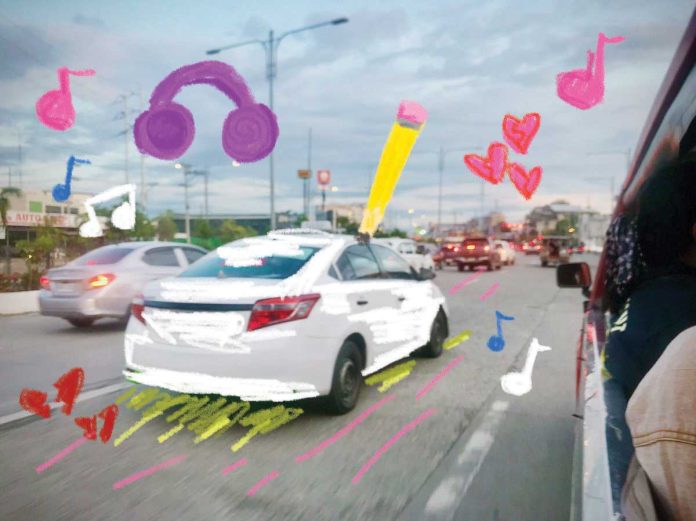
TICK-TOCK, tick-tock. The wall clock’s hands inched closer and closer to each other, eagerly waiting for the brief moment when they’ll brush their fingers, knowing that they could never freeze time and hold each other forever. In a blink of an eye, they collided, crashing into each other on a factory-printed shape. 10 p.m., the figure pictured, signalling a mutual understanding between teens and “chronically” online adults, setting off a daily alarm for a nightly task: to relapse.
To others, this word may sound like something found in a classified document — sensitive and condescending — because of its relation to the action of going back into a lapse of drug and alcohol use after a period of improvement. However, to hopeless romantics, the thought of reminiscing their happiest moments with someone they once were close with, either a friend or a former partner, has the same “addiction” effect as nicotine. And, in recent years, this definition of the word has taken social media by storm, often paired with Original Pinoy Music (OPM) that perfectly describes one’s feelings or best memories with their very own “The One That Got Away” (TOTGA).
But when someone breaks a heart, creativity breaks free. In social media apps such as Tiktok and Youtube, various artists and writers create beautiful masterpieces about their TOTGAs, creating scenarios that us Filipinos can relate to. For example, “Multo,” a viral song created by the Filipino band “Cup of Joe”, haunts its listeners with the feeling of having a hard time moving on from a partner after realizing that those past feelings still lingered whenever they see a dusty polaroid picture, go inside a fast-food chain where they used to laugh about the amount of money they spent, or hear the intro to a song that echoed through their earphones as they went home together. And, this specific emotion that lovers go through gets transcribed into lyrics — verses that connect different feelings of lost love, regret, and sadness, like a ghost that lingers at the back of our minds which wake up as the clock hits 10 in the evening, and disrupts our routines to stare into space as everything comes rushing back and crashes down on our sleep-deprived brains and eyebag-ridden irises.
These emotions make us feel, and they connect us with other people who went through the same experience. Through the forms of music, writing, and art, heartbreak can paint a whimsical picture of dark red and violet, symbolizing the journey of moving on from a past friendship or relationship that, like a candle, once burned brightly, but now reeks of burnt wax and dead flames. Going through a relapse of past emotions could open up a door of opportunities to express the aching feeling that haunts us every time we hear their name; and, amidst the sadness, we can find the light that guides us through our darkest times. Whether it be in a poem, a painting, or a song, echoed vulnerability can sew a thread to us young Filipinos, and unite us with what we do best: love./PN







